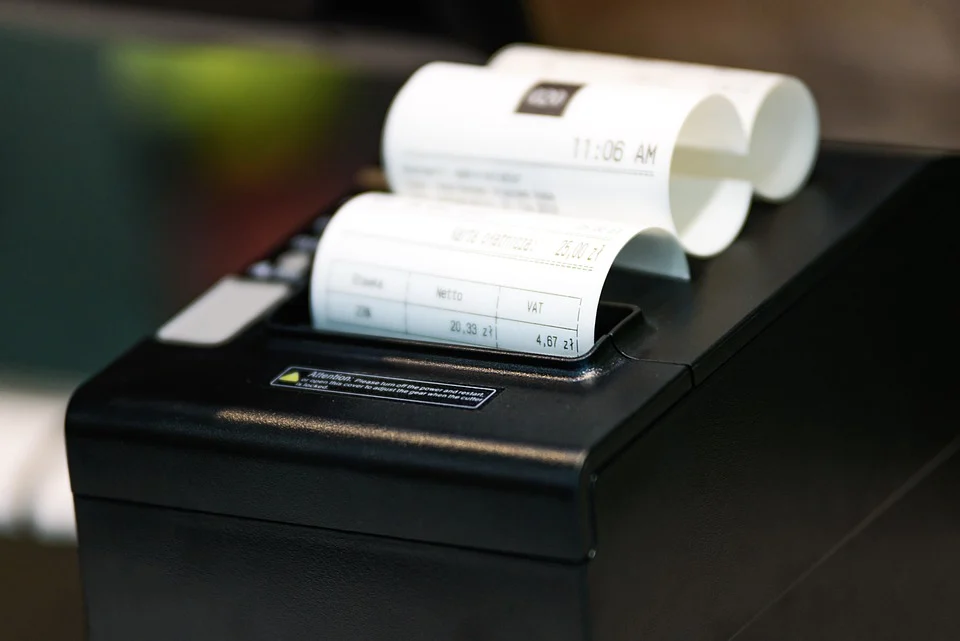The U.S. Constitution states that Congress will have the power to impose and collect taxes on goods, including food items. The tax rate can vary depending on your state; some charge sales tax while others do not. Suppose your restaurant is located in a state where sales tax is collected. In that case, you need to be aware of how it works to calculate your taxable income correctly and make sure all your transactions are posted accurately.
The sales tax in restaurants is a complicated system
The first thing that needs to be done for sales tax in restaurants is determining where the transactions are taking place. Generally, this means whether they are being made at a table-service location or counter service location. If the food items being purchased by the customer are eaten at the restaurant, this is considered table service. This means that you need to charge them for an extra 18% of their total bill since it includes both food and service charges.
If they purchase items like coffee or a side dish that can easily be taken out of the establishment (so as not to sit and eat there), that is considered counter service. This means they will need to pay the regular sales tax rate on these items, ranging from 0% up to 12%.
If your city has an additional rate for food or liquor
There will be another line item when paying for your meal that they will need to pay for the final cost of their meal if your city has an additional rate for food or liquor.
As you can see, there is significant information that needs to be kept track of when determining sales tax rates on food items; it’s not as simple as simply paying extra money on top of your total bill. But if you are aware and make sure all your transactions are posted correctly, you can avoid fines and make sure your customers pay the right amount.
Do you pay taxes when you take the food-to-go?
Many people decide to take their food with them when they leave the restaurant. If you do this, there will be no need to pay sales tax on your meal since it was not eaten in-house and therefore does not fall under table service (where an extra 18% would need to be charged).
If you have any more questions about how sales taxes work for restaurants, or if you want help figuring out all of these numbers, give us a call! We are happy to answer any questions and make sure your business gets what it deserves from its transactions.
What do I need to do if I decide to open a restaurant?
If you are opening a restaurant, make sure to take extra care in the beginning when collecting sales tax information. You will need to register with your state (through their department of revenue) and get an Employer Identification Number or EIN for short. If you don’t have one, then each transaction that involves food items could be considered fraudulent since they cannot tell what type of business it is coming from without this number.
You also need to determine which city/township/county within your respective state requires additional taxes on food being sold so that you can collect these funds correctly at the time of payment. Some restaurants choose not to include them because they do not want customers to feel like they are being charged more than other establishments, but this can cause you to lose money and pay those taxes yourself.
The sales tax in restaurants can be confusing and tricky. Let me help you know what to do so that your restaurant is compliant with the law! Here’s a great guide to economic nexus laws by state.

